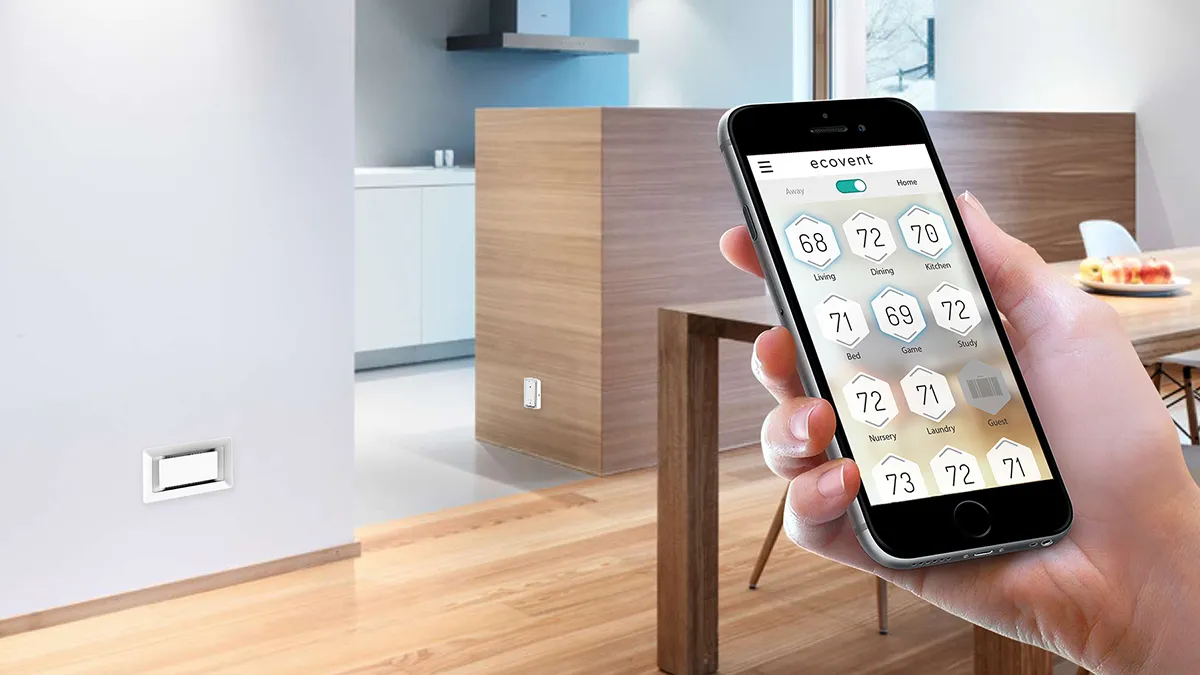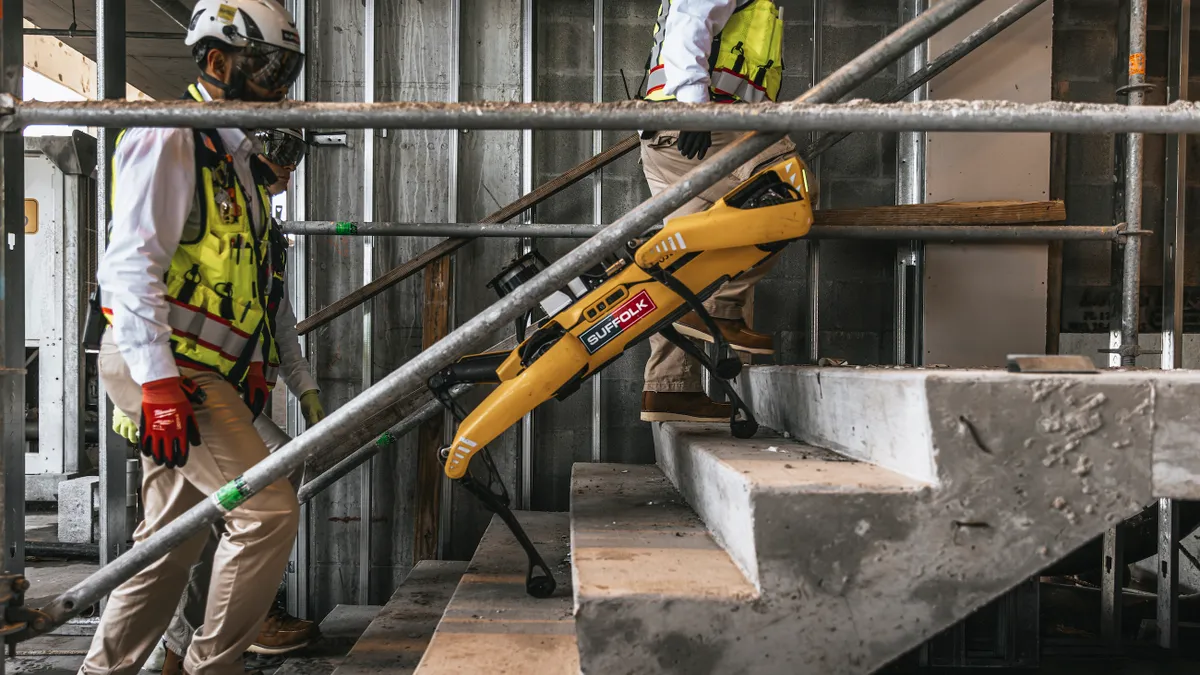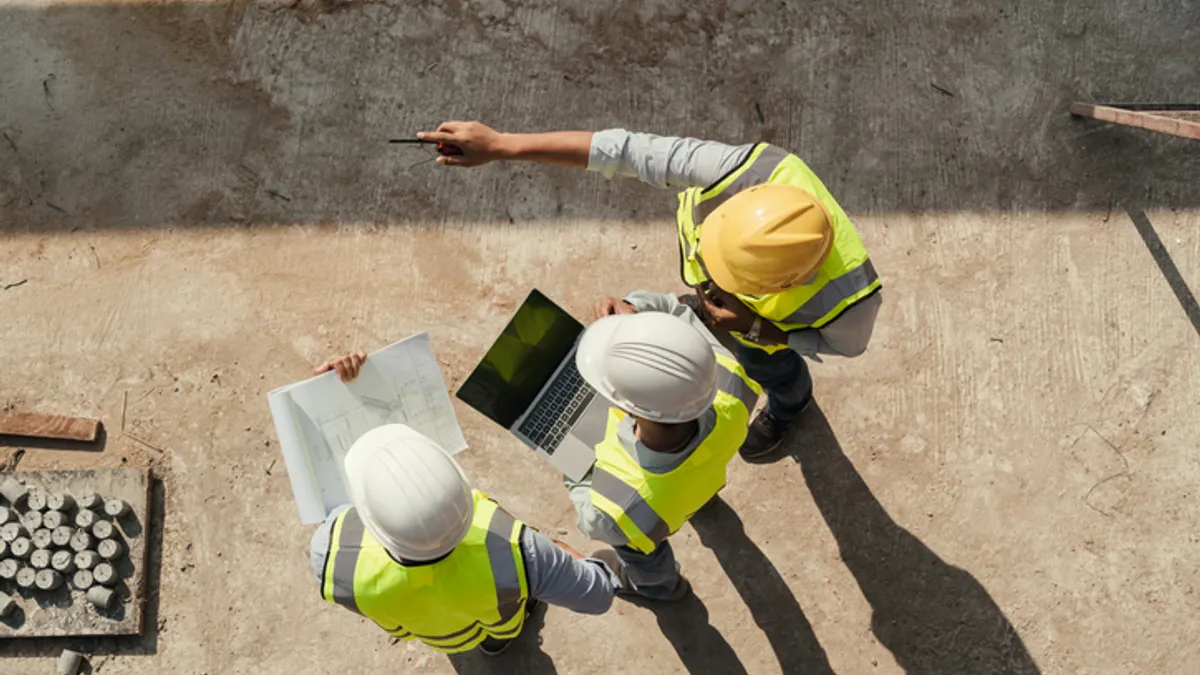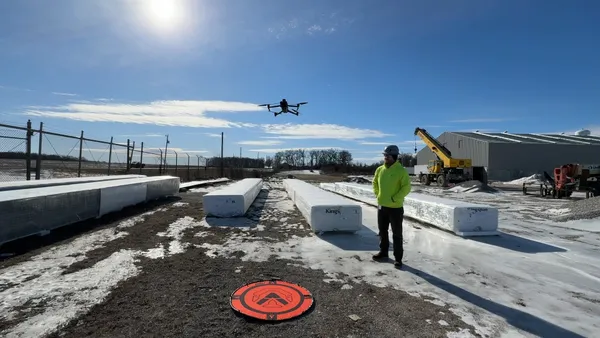National Association of Homebuilders economists project that single-family home starts will reach 1.7 million by 2017, and more and more of those homes will come smart home-enabled.
In fact, the Consumer Electronics Association (CEA), in its latest annual building survey, determined that nine out of 10 new homes come pre-equipped with a broadband connection, supporting the theory that Americans are living more of their work lives out of their homes and demanding more from their Internet connection in the course of their day. In the same study, approximately 30% of builders said they felt prewiring homes for home theater and monitored security would boost their profit potential, and one in three builders reported installing home technologies increased their revenues in 2014.
"The consensus opinion is that millennial buyers and renters have come to expect some level of smart home features in their dwelling," said Cyril Brignone, CEO of Arrayent, creator of Arrayent Connect, an Internet of Things platform that connects home devices to third party apps and smartphones. "Builders are realizing that they should take advantage of wiring homes from the foundation up to be 'smart.'"
Rising smart home demand
So what do consumers value the most in their smart home setups, and where can builders get the most bang for their smart home buck? The experts contend that security and convenience are the primary drivers of the smart home movement, as well as cost savings, even though some smart features can be expensive to adopt at first.
"Security is still number one in driving mass market adoption," said Greg Roberts, vice president of marketing at Icontrol Networks, a smart home software platform developer and creator of the Piper all-in-one security system. "According to [Icontrol’s] 2015 State of the Smart Home Report, nine out of ten consumers say security remains one of the top reasons to purchase and use a smart home system. In fact, 69% of people said they would be hesitant to purchase a smart home system that didn’t include security, and 35% said they absolutely wouldn’t consider it."
Whole-house monitored alarm systems, like ADT Pulse, also powered by Icontrol, play a key role in giving homeowners peace of mind, but, at the same time, there are also some a la carte products like netatmo’s security camera with facial recognition, which identifies the people who should be, or shouldn’t be, entering a home. First Alert has introduced its smartphone-enabled Smart WiFi Safe, and Samsung’s biometric push-pull door lock is fingerprint activated.
Connecting and cost savings
However, how will those single items connect to the rest of the items in a smart home? Joel Worthington, president of Mr. Electric, a nationwide electrical installation franchise, said that, in the future, consumers "can look for more open systems," that will allow them to link products from different manufacturers and systems. "The more everyone agrees to one system, products can be connected easier."
As to the cost savings a smart home can generate, Dipul Patel, CEO of Ecovent, a company that offers a room-by-room temperature control system, said: "The smart home industry is delivering true cost savings and efficiencies — even on "non-smart" investments like zoning the HVAC, insulating and sealing ducts, installing more-efficient windows, switching to LED/CFL lighting and tankless water heaters. The emergence of smart home features will empower home users to recognize greater savings and convenience from these investments."
Temperature control can be a significant source of cost savings, particularly for those homeowners in areas of the country that commonly experience extreme temperatures. Tankless water heaters, like those Stiebel-Eltron make, can also offer significant cost savings as they only heat water when hot water is needed. Bits Limited's smart power strips can reduce energy consumption by putting unused devices into "sleep mode," Cyber Rain’s automatic irrigation system, Water Hero, which monitors home water use, and a new generation of smartphone-enabled washers and dryers like Samsung and LG, can all save water and energy.
Out of the box options
Of course, there are the smart home features that won’t come standard with homes anytime soon but could go a long way toward changing the way Americans think of home technology and its possibilities.
SureFlap cat and dog doors, for example, are chip-activated by either the pet’s microchip or a special tag that comes with the door. When a homeowner’s pet approaches the door, the door opens, ensuring that the right furry creature gains entry into the home.
For the latest in responsive lighting, Stack Labs, Inc. has introduced its Stack lighting line of light bulbs, which automatically respond to changes in the home environment and even ramp up the color temperature of lighting to fight the winter blues.
And iRobot provides an entire line of robots to save on the elbow grease at home with its gutter-cleaning robot, floor mopping and scrubbing robots, and its smart home pioneer product, the Roomba vacuum.
Nevertheless, it’s still the core, basic conveniences of a smart home that seem to be the most satisfying and popular for homebuyers.
"The one my wife and I use most is on our ADT Pulse system which is called Modes," Roberts said. "We have a 'sleep' mode set up that arms our ADT Pulse security system, turns off all our living room lamps, changes the thermostat to our desired temperature and locks both our front and back doors when we go to bed. I just wish it would let the dog out as well."






















